Have you ever done a quick google search for “good sleeping bags” and were bombarded with a million options? Or gone into your local outdoor retailer and seen a wall of sleeping bags? Yeah, it can be a little overwhelming so I’m going to break down the basics so you can choose the best sleeping bag for you.
*Some of the links shared in this post may be affiliate links meaning I make a small commission off of your purchase (with no extra cost to you). This allows me to continue to create free content for my readers. Thank you for your continued support!
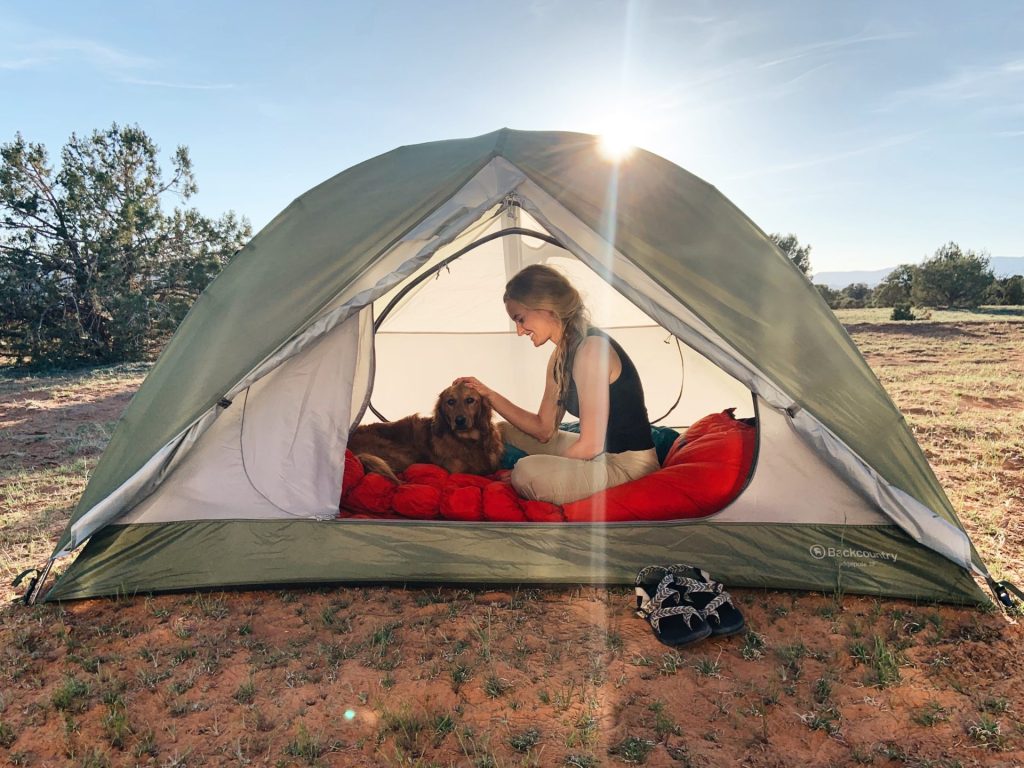
Temperature Rating of Sleeping Bags
One of the most important things to consider when purchasing a sleeping bag is what the temperature rating is. You need to consider where you will be hiking and what the temperatures will be. And maybe even more importantly, what the temperatures could be. You don’t want to expect best when it comes to camping, it’s always better to prepare for worse weather than your weather app may say.
Another thing to know, sleeping bag temperature ratings are not the temperature you will be comfortable at. They are typically the temperature you will survive at. If you are a warm sleeper, have a good insulated pad, no wind chill, warm pajamas, maybe a hot water bottle you could probably get by with it being the same temperature at night as your bag is rated.
I am a cold sleeper and like to have a bag thats rated warmer than the temperatures are going to drop down to. Currently, I have a 20° bag and it’s been a great 3-season bag (3-season includes spring, summer, and fall). I also have a sleeping bag liner I use that helps keep me a little warmer if it’s extra cold. I’d say 10°-20° would be a good bag to get if you are a woman sleeping in temperatures that can get down to 30°. But everyone is different, so think about the kind of sleeper you are and what other measures you will use to stay warm.
If you are car camping, bringing extra blankets is always a good idea!
Down vs. Synthetic Sleeping Bags
There are two different materials that sleeping bags are filled with for insulation: down and synthetic materials. Knowing the difference between the two can help you choose the best sleeping bag for what you need.
Down
Down is the plumage underneath a goose or duck’s belly. It is very lofty and creates very warm insulation. It can be compressed down to a very small size, and the warmth to weight ratio is great. Meaning for how lightweight the sleeping bag is, it’s still going to keep you very warm.
When you look at a down sleeping bag, you will usually see numbers on the tag: 650, 700, 800 and so on. This refers to the fill power. Fill power refers to how lofty or fluffy the sleeping bag is. Without going into too many specifics, the lower the number, the less lofty the sleeping bag. However, the higher the number, the more expensive the bag is going to be.
One thing that I urge you to take into consideration when looking at any down products, is to see if it is sustainably sourced. Down insulation is a byproduct of the food industry. But you want to make sure the down companies use does not come from birds that were force fed or live plucked. Companies who source their down responsibly will say on their website. Here is an example of what it will look like on Rei’s website under their tech specs:

| Pros of Down | Cons of Down |
| Lightweight | Expensive |
| Compressible | Useless when wet |
| Durable | Possible ethical issues |
Synthetic
There are a lot of different types synthetic materials used in sleeping bags. The two main ones are short fibers and long continuous strands. The short fibers are able to compress down smaller, more similarly to down. But they break down faster and won’t last as long. The long filaments wind all over the bag and last longer, but the bag can’t compress down as small.
One place that synthetic sleeping bags shine is when it’s wet. Synthetic bags will keep their insulation properties if they get wet. This is particularly important if you are hiking in a location you cannot bail and have to stay for multiple nights. You do not want to be stuck with a soaked down sleeping bag with no way out and no way to get warm.
| Pros of Synthetic | Cons of Synthetic |
| Less expensive | Heavier |
| Warm when wet | Not as compressible |
| Less durable |
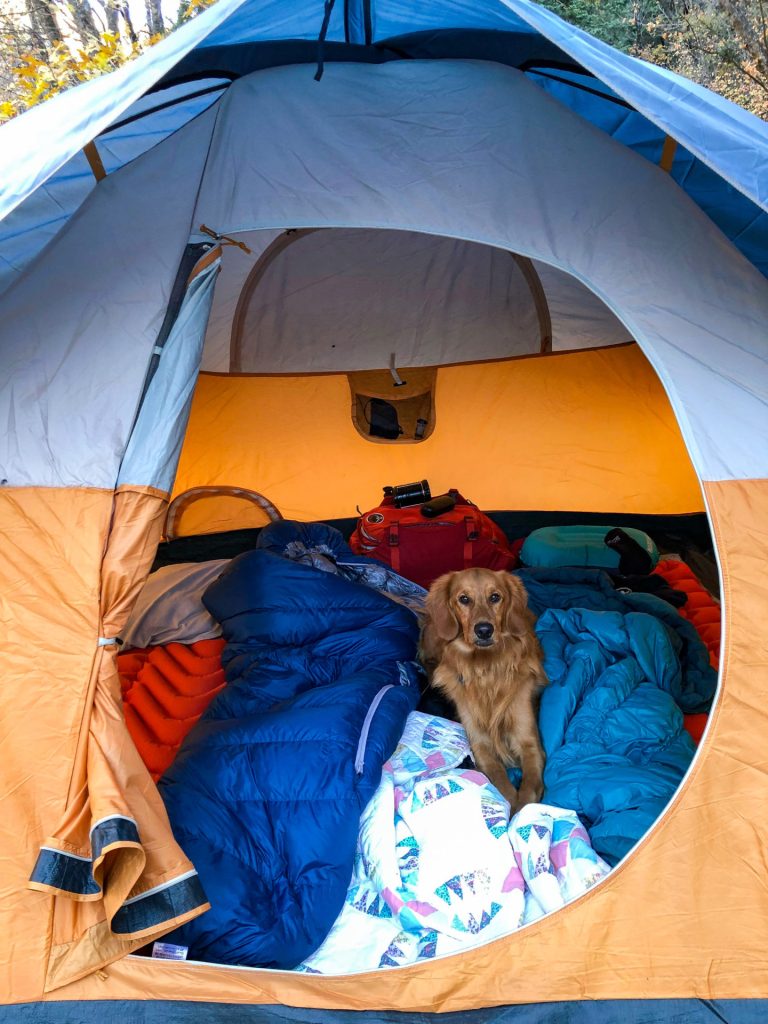
Weight of a Sleeping Bag
If you only car camp and have no desire to backpack, weight does not matter nearly as much, or really at all. The only time weight really comes into account is if you are taking your sleeping bag backpacking. When it comes to backpacking, every ounce counts, and you do not want to be stuck with a heavy sleeping bag that doesn’t compress well.
Weight will depend on the type of insulation, how much insulation is used, the length, and the material of the fabric. The price of the sleeping bag will vary depending on all of these things. Down sleeping bags weigh less than synthetic.
Shape of a Sleeping Bag
There are a few different shapes when it comes to sleeping bags: mummy, square, semi-rectangular, and double. There are pros and cons to the different shapes and some people sleep better in certain shaped bags. Understanding these reasons can help you choose a sleeping bag.
- Mummy: Mummy is a tapered bag that gets narrower as you get closer to the feet. It is less weight because there is less material. And since there is less open space, you can stay warmer because your body doesn’t have to try and heat up all the extra space.
- Rectangular: This is exactly what it sounds like, a rectangular shaped bag. It allows for more room to move around and stretch out in. But with the extra space comes more weight to carry and more space your body has to work to heat up.
- Semi-Rectangular: This is a hybrid between mummy and rectangular. If you like to have a little more wiggle room and don’t mind a little extra weight, a semi-rectangular shaped sleeping bag might be a great option! This is especially good for women if you are getting a unisex bag as it allows more rooms in the hip area.
Sleeping Bag Liner
Sleeping bag liners are like a very thin sleeping bag you insert and sleep inside to increase the warmth of your sleep situation. They are great if you already have a bag but it’s not quite warm enough. Or if you mostly sleep outside on warm nights but have a trip coming up where it’s going to be a little colder than normal, and you don’t want to buy a whole new bag. They aren’t too expensive, but they can go a long ways to keep you warmer at night.
It also is a good way to keep the inside of your sleeping bag clean. If you are planning a long trip, it can be nice to not worry about getting your nice, expensive bag dirty. Sleeping bag liners are much easier to clean than a down or synthetic sleeping bag.
What Sleeping Bag I Use
Currently, I have the Klymit KSB 20° down bag and I love it. It’s a 650-filled down sleeping bag. It is technically a mummy bag, but the bottom baffles are elastic so it stretches. This is one of my favorite features because I am a stomach sleeper and love to bring my knee up towards my chest. It allows me to sleep comfortably and stretch out how I like. But it also stays close to my body when I lay straight, keeping me warm.
When it’s extra cold I use the Sea to Summit Reactor Thermolite Sleeping Bag Liner. It’s made of polyester, is stretchy, and feels like I’m sleeping in sheets. Which, when camping or backpacking, is a nice luxury.
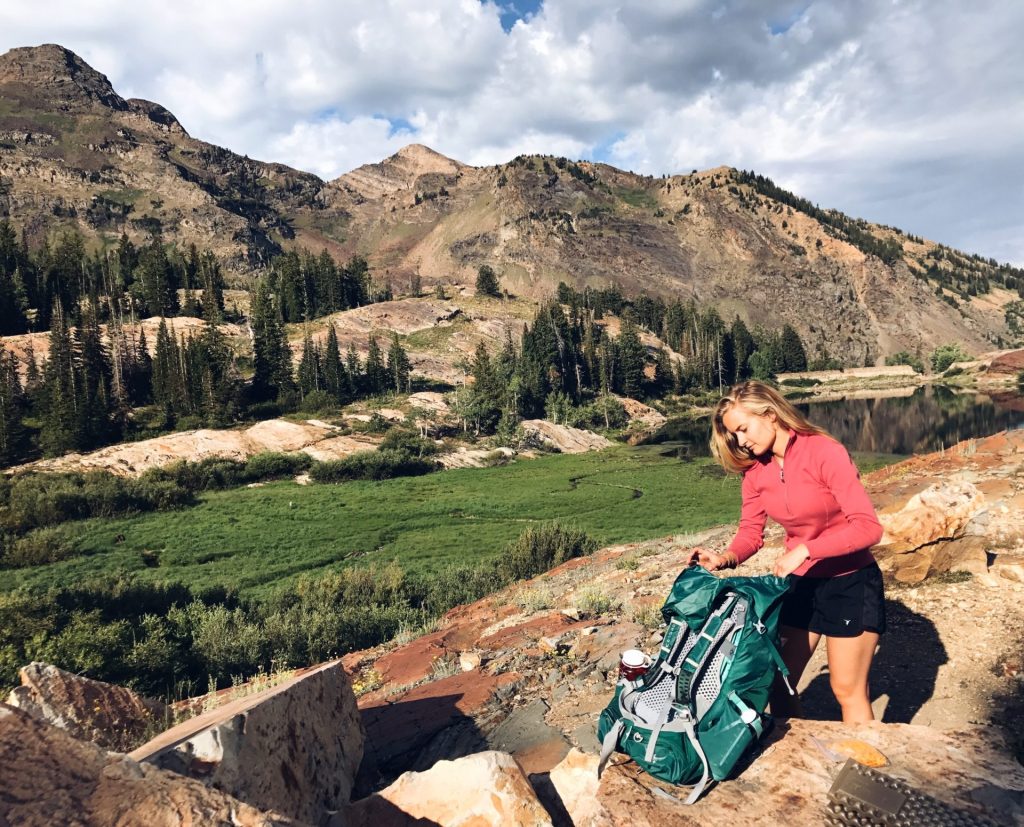
When you know how to choose a sleeping bag that is right for what you need, you are one step closer to getting outside and enjoying a night under the stars. If you want to read more about backpacking, check out my post where I share which pieces of gear are worth the splurge!

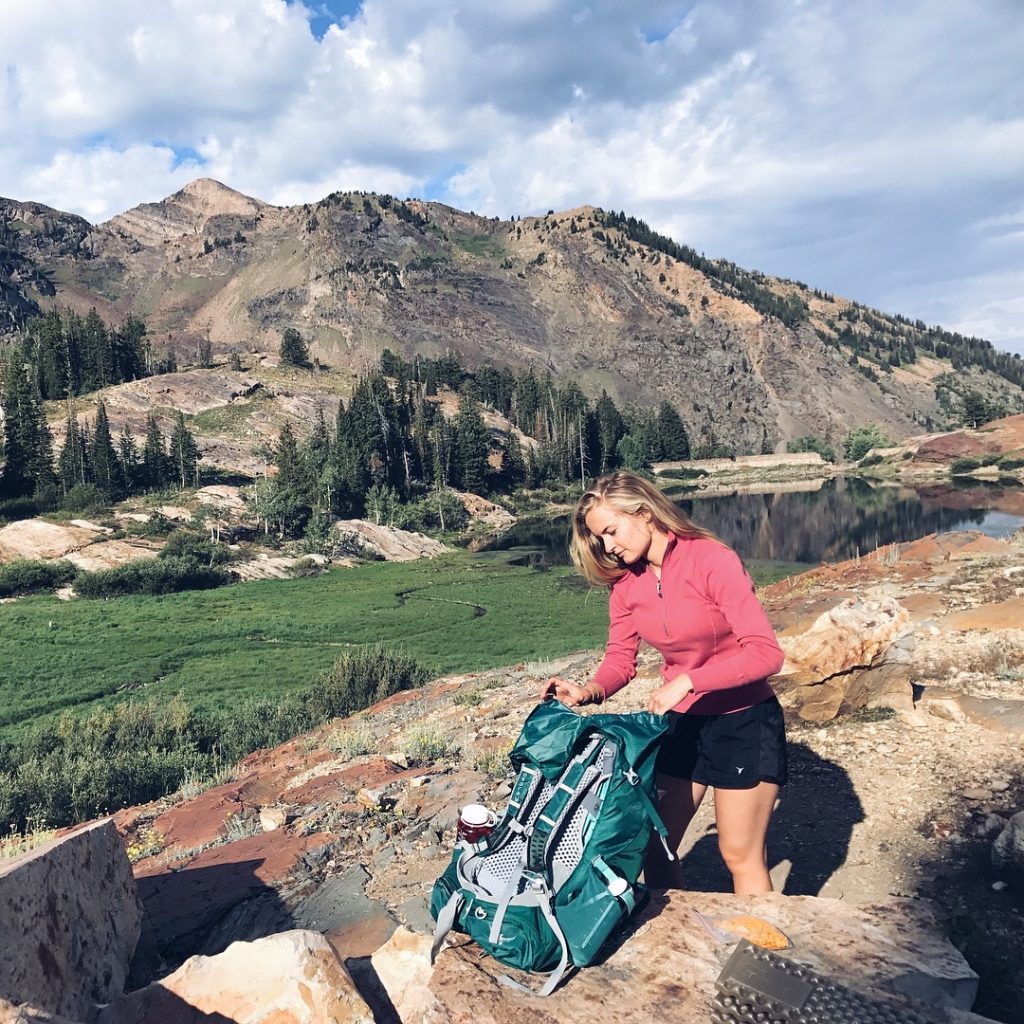


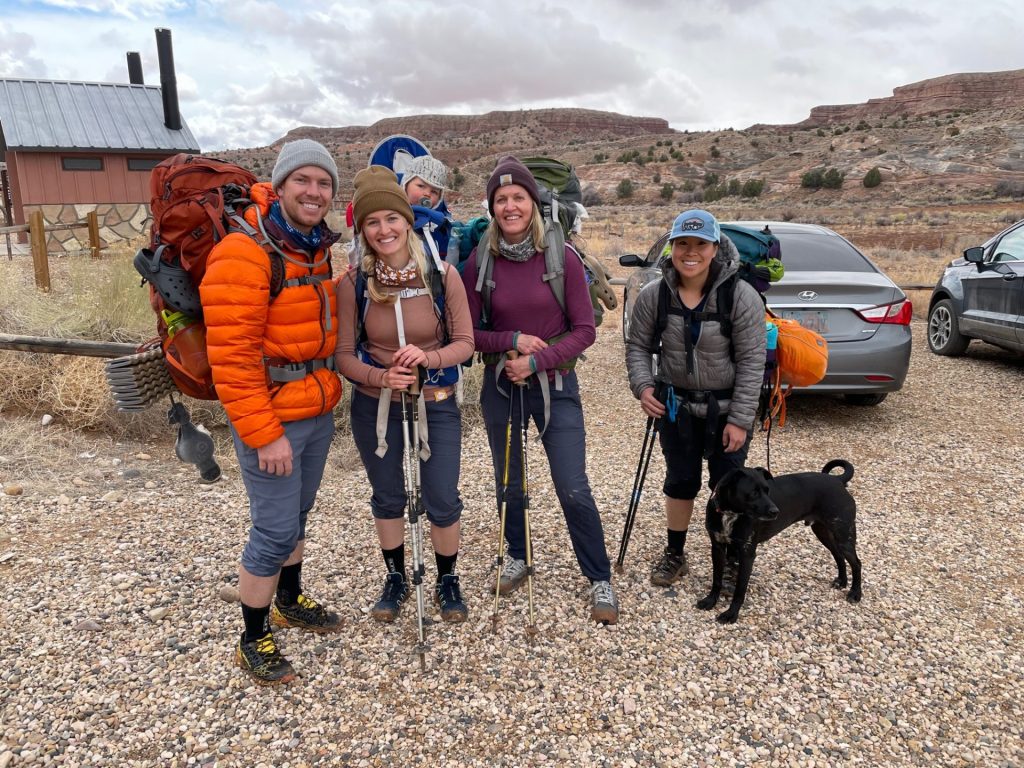

Pingback: How to Choose the Best Sleeping Pad for You -
Pingback: Comprehensive Sleeping Bag Reviews: Find Your Perfect Fit
Pingback: Stay Warm: Best Insulated Sleeping Bags for Cold Nights
Pingback: Stay Cool: Best Sleeping Bags for Summer Camping
Pingback: Lightweight and Warm: Best Sleeping Bags for Backpacking
Pingback: Cozy Nights: Best Sleeping Bags for Couples